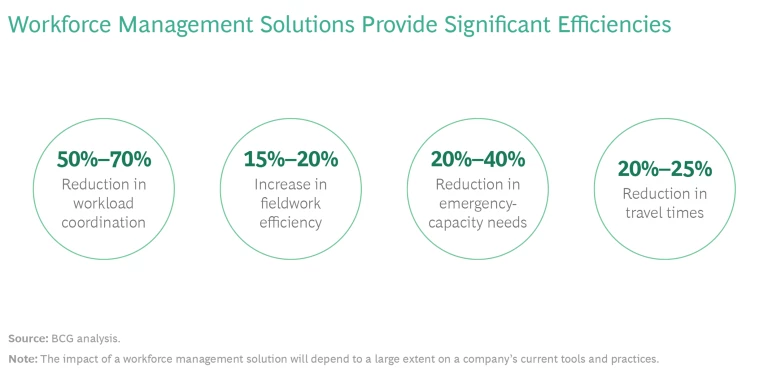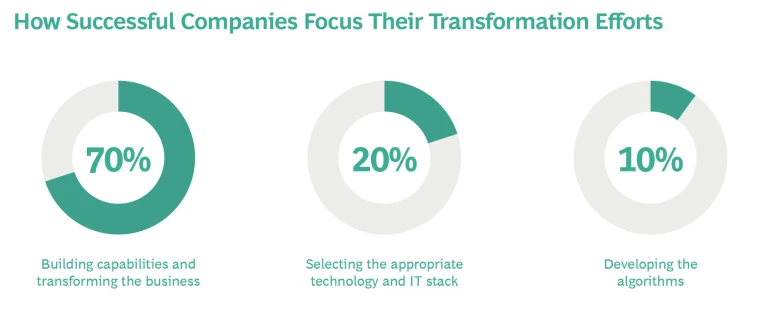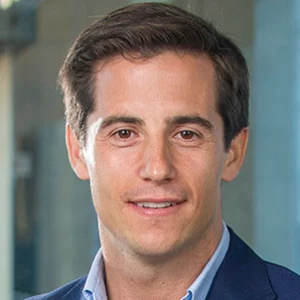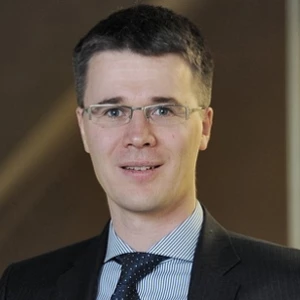Energy networks that follow four guidelines for selecting and implementing WFM systems can capture efficiencies and improve customer service.
Digital workforce management (WFM) systems are a vital necessity for energy network utilities that are saddled with manpower challenges. This is especially true when field teams make up the largest part of their workforce. Yet many WFM solutions have not lived up to their promise.
To get the greatest benefit from WFM systems, energy networks should take a bionic approach to selecting and implementing them. The right solution implemented in a bionic fashion can not only dispatch field teams more efficiently but also help increase the amount of work that they accomplish. (See the exhibit.)
No less important, implementing a WFM system using a bionic approach can help an energy network respond to challenges in critical situations. Networks that were using such systems during the pandemic were able to adopt social-distancing and contact-tracing practices, both of which proved key to their resilience. Customers, too, can benefit: outages can be shorter and more predictable, service calls can be completed faster, and emergencies can be handled better.
Here are four guidelines for selecting and implementing WFM systems.
Make Sure That the Desired Business Outcomes Lead the Way
A WFM solution chosen by IT often fails to deliver the needed functionality; as a result, the system isn’t used. Instead, business leaders should lead the way, articulating a compelling business case that explains how a new system will enhance workforce-related processes and productivity. This is critical for ensuring that the system has the functionality needed to meet business targets.
Business leaders should also oversee the implementation, which should mostly focus on change management . According to BCG’s research, the most successful digital transformations focus 70% of their efforts on building capabilities and transforming the business, 20% on selecting the appropriate technology and IT stack, and 10% on developing the algorithms. Employees from operations also need to be involved so that they can help fit the solution to their needs, learn how to use the new technology, and commit to it.
Look for a System That Combines Strengths
Many WFM system vendors want to eliminate human involvement in the scheduling and dispatching processes; they think that the technology knows better. But human judgment needs to be involved to avoid rigidity. To have the best of both worlds, employees from the business, IT, and data management functions need to jointly create workflows and procedures that harmonize the network’s human and technological capabilities most effectively.
A well-designed WFM solution allows scheduling and dispatching supervisors to work with the algorithms throughout the scheduling and dispatching process. For example, the system should enable supervisors to run potential scenarios in the planning phase. Then, in the scheduling and dispatching phase, the system should allow for quick workload adjustments (for example, pushing noncustomer-facing jobs to a week later) and short-term capacity adjustments (such as, permitting cross-depot staffing) to optimize how much work the field team can handle in a certain job setting and in a certain time period. A top-quality system also learns continuously from input provided by the users. By monitoring the number of times an employee runs late or works overtime, for example, the system can learn to ask questions about the employee’s workload.
Choose a Customizable Platform Solution
Most WFM systems today are off-the-shelf solutions with rather rigid workflows, structures, and processes. Tailoring these to the energy industry and a network’s specific business and regulatory needs can be difficult, time consuming, and costly.
Rather, companies should consider purchasing a platform solution that can be customized from one of the newer WFM system vendors. These platforms can help minimize integration requirements, saving implementation costs and time. These platforms also make upgrades easier. That’s an important consideration given energy networks’ increasing appetite for launching additional services, which can add new workflows and information needs for the field teams.
Take an End-to-End Approach
Many energy networks start by implementing a solution that addresses the least efficient part of their scheduling and dispatching process or a particular point of friction, such as managing client appointments. But these are partial solutions that may be hard to develop further. It’s also possible that they won’t fit well with additional solutions that are required to address other functionality needs, resulting in costly integration efforts.
To avoid these problems, networks need to have a thorough understanding of the underlying, end-to-end business processes and an overall ambition for the end state before they define the business requirements of the WFM solution. Some networks opt for modular systems that can be phased in as a workaround. But those solutions will create greater value if knowledge of the end-to-end business processes is acquired first.
Getting a WFM solution to deliver is a daunting task that requires considerable commitment and effort. But the payoffs—greater efficiencies and significantly better customer service—make it well worth the effort.













